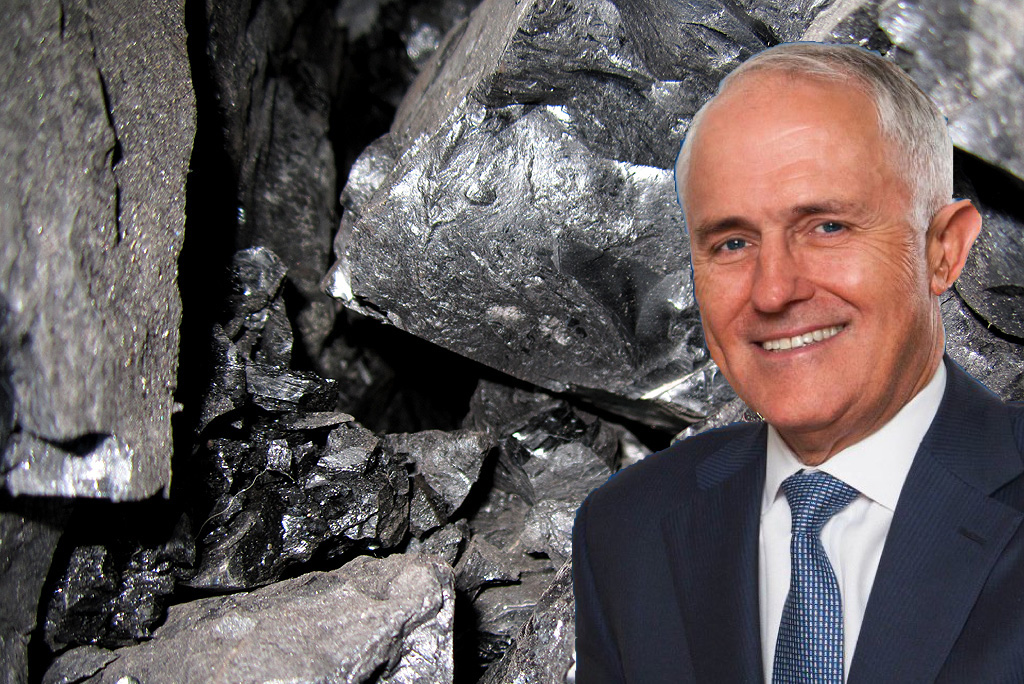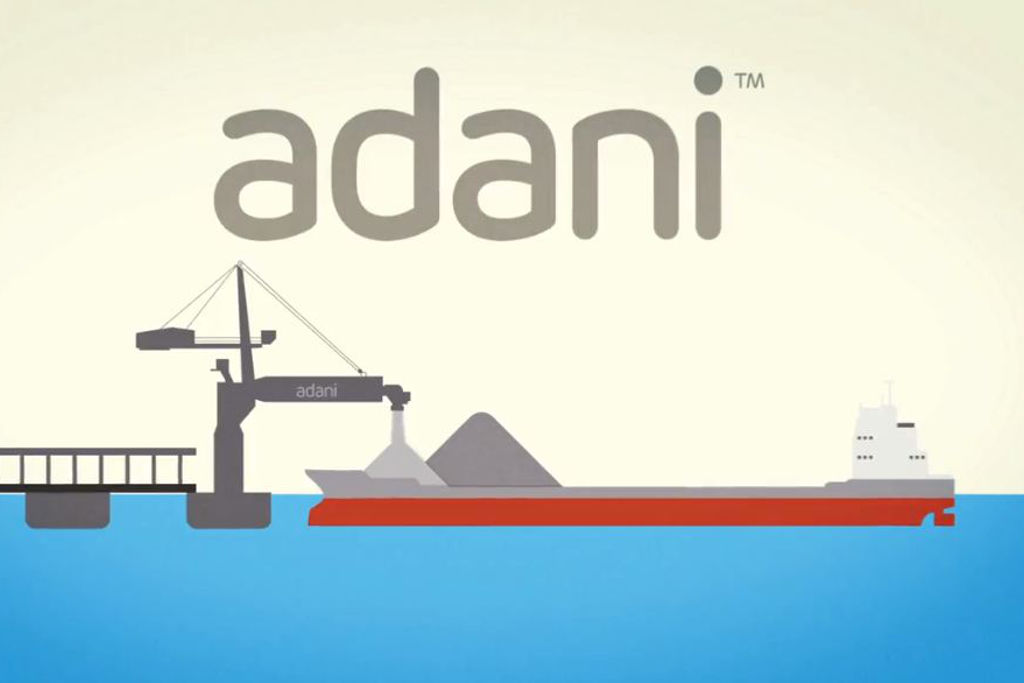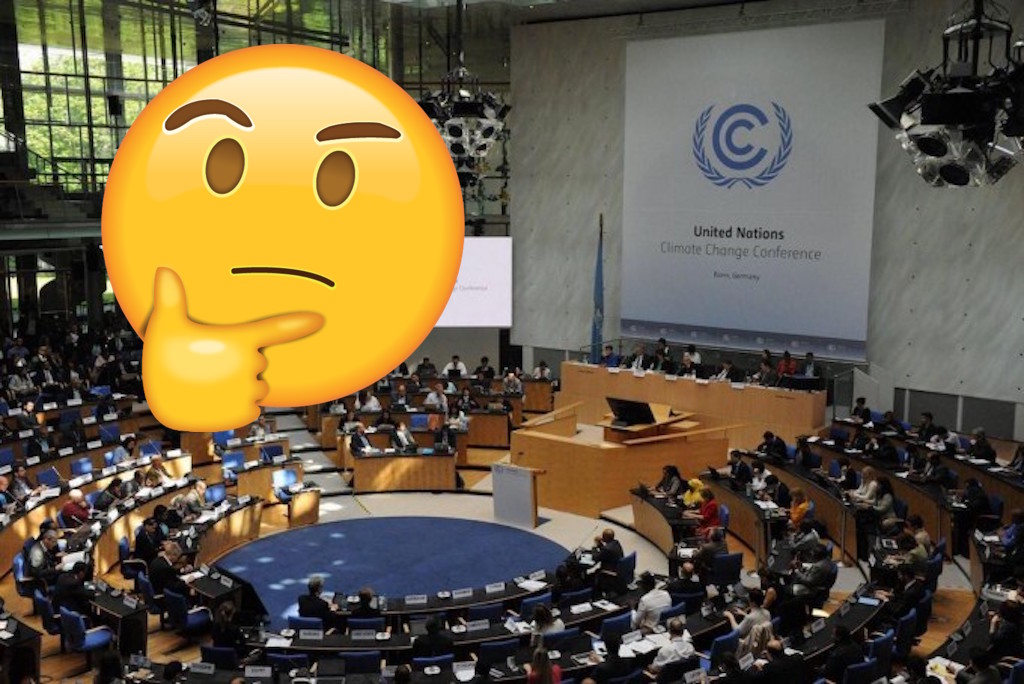The Government Wants Clean Energy Money To Fund Coal Projects
"This is like telling the health department to invest in tobacco.”

The federal government has announced that the Clean Energy Finance Corporation (CEFC) will soon be able to invest in carbon capture and storage (CCS) projects, meaning the $10 billion clean energy loan facility could directly fund fossil fuel technology. Clean energy… fossil fuels… ah, Australian politics. You never fail to disappoint.
Environment and energy minister Josh Frydenberg confirmed the proposed legislation received party room support from the Coalition yesterday, telling journalists that carbon capture — the processes of scrubbing and depositing waste carbon dioxide from large sources such as fossil fuel power plants — can reduce emissions up to 90 percent.
In an apparent dig at renewable energy, he also said that removing CEFC’s legislative prohibition against CCS would ensure that the corporation is “technology neutral”.
.@JoshFrydenberg: the govt will introduce legislation to allow extra financing for carbon capture and storage. MORE: https://t.co/lTAGHrr0iH pic.twitter.com/3CgEUCb32w
— Sky News Australia (@SkyNewsAust) May 30, 2017
Frydenberg also claimed the changes demonstrate the government’s “non-ideological approach to national energy policy [and would] allow the CEFC to support a wider range of low-emissions technologies and thereby reduce emissions at lowest cost.”
In an apparent attempt to pre-empt advice from chief scientist Alan Finkel’s upcoming report into Australia’s national electricity system, Frydenberg has also ruled out an emissions trading scheme (ETS). The ETS would impose limits on power station emissions; it’s been described as the most effective policy in terms of both carbon reduction and cost. This is all despite Turnbull’s support for Kevin Rudd’s proposed ETS in 2009, which Turnbull has backflipped on since taking back the leadership.
Basically, the Coalition is now going against advice from our chief scientist, environmentalists, and industry groups such as Origin, which at least counts as a slightly ideological approach to emissions reduction.
Instead, the push to use clean energy funds for carbon capture speaks to the government’s broader, backwards support on fossil fuel and stalling in the face of more effective, market-driven solutions.
The Coalition’s Addiction To Coal
First up, it needs to be stressed that carbon capture and storage technology isn’t necessarily a backwards step, or not in the way a supermassive Adani coal mine in Queensland would be anyway.
Research supports Frydenberg’s suggestion that CCS can reduce emissions up to 90 percent, and power plants around the world and Australia already incorporate the technology. The International Energy Agency also argues CCS could be particularly important in reducing emissions from industrial processes such as cement and iron production.
Hundreds of millions already wasted on fictitious 'clean coal' with NO results…none. Why throw good money after bad? #Auspol #CEFC pic.twitter.com/0FtyAbOJo9
— Environment Victoria (@EnviroVic) May 30, 2017
However, the technology is both costly and ineffective, having absolutely zero effect on carbon emitted during the transporting and mining of coal and requiring between 10 and 40 percent of energy produced by power stations to actually operate.
In short: CCS is simply not a commercially or environmentally viable substitute for renewable energy, to say nothing of the resulting environmental risks of simply burying carbon dioxide in the ground.
There is also little appetite for CCS at a time when the rest of the world is moving towards emission trading as a market-based solution to climate change. As Turnbull himself said above, we’ve spent close to $600 million on researching “clean coal”; there’s a reason no one has taken the bait.
The CEFC’s former CEO Oliver Yates told Labor Senator Sam Dastyari as much in a Senate estimates committee, so it is unlikely the CEFC would focus on the technology at any rate.
The previous CEO of the CEFC (Oliver Yates) told Senate estimates just a few months ago that carbon capture is not a sensible investment pic.twitter.com/HEwC4n6RBf
— Michael Mazengarb (@MichaelM_ACT) May 30, 2017
The CEFC, for anyone playing at home, enjoyed a storied history under the Coalition government since being introduced as a “Green Bank” by Labor in 2012. After former Prime Minister Tony Abbott tried and failed to abolish the corporation entirely, he did the next best thing by neutering its ability to invest in wind and small-scale solar.
While Turnbull has since reversed these changes, he and Frydenberg have still refused calls for an emissions trading scheme. Again, industry and environmental experts agree this is the best policy option to reduce emissions at lowest cost to households and businesses, but not coincidentally would cut fossil fuel consumption.
Carbon capture currently sits at about "three times" the cost of new wind or solar. Unlikely the CEFC will touch ithttps://t.co/mcMS82DaIv
— Michael Mazengarb (@MichaelM_ACT) May 30, 2017
The Coalition’s focus on carbon capture also comes at a time when our clean energy sector heads towards a record year for new solar and wind farms.
The Clean Energy Council’s annual report, released yesterday, shows Australia generated about 17,500 gigawatt-hours of renewable energy last year, more than half-way to the 2020 goal of 33,000 GW-hours a year. It has also generated 4,000 jobs in regional areas.
Record year for renewable energy as costs fall and hydro returns to form https://t.co/964IyG2XhM @kanethornton pic.twitter.com/Pb7H6ckvyz
— Clean Energy Council (@cleannrgcouncil) May 29, 2017
Legislation for the new CCS rules will be introduced today, but with opposition from Labor and the Greens, there’s no guarantee it’ll get through.
But even if it doesn’t get through, or CEFC doesn’t ultimately put any money towards the technology, the symbolism of our government putting money meant for clean energy towards coal projects has, unsurprisingly, pissed off many.
“Ordering the CEFC to invest in coal technology is like telling the health department to invest in tobacco.” – ACF @kellyoshanassy pic.twitter.com/8c1U3Azhmg
— ACF (@AusConservation) May 30, 2017
The Federal govt just voted to to spend @CEFCAus funds on carbon capture boondoggle ? #CEFC #Auspol https://t.co/bDQBxVcMIw pic.twitter.com/xsEsFk8sz8
— Environment Victoria (@EnviroVic) May 30, 2017
Only the Liberals would consider coal a 'clean energy' https://t.co/sW3BJPC6TH
— Adam Bandt (@AdamBandt) May 30, 2017
–
Feature image via Flickr/Creative Commons.
–
Chris Woods is a Melbourne-based freelance journalist.


